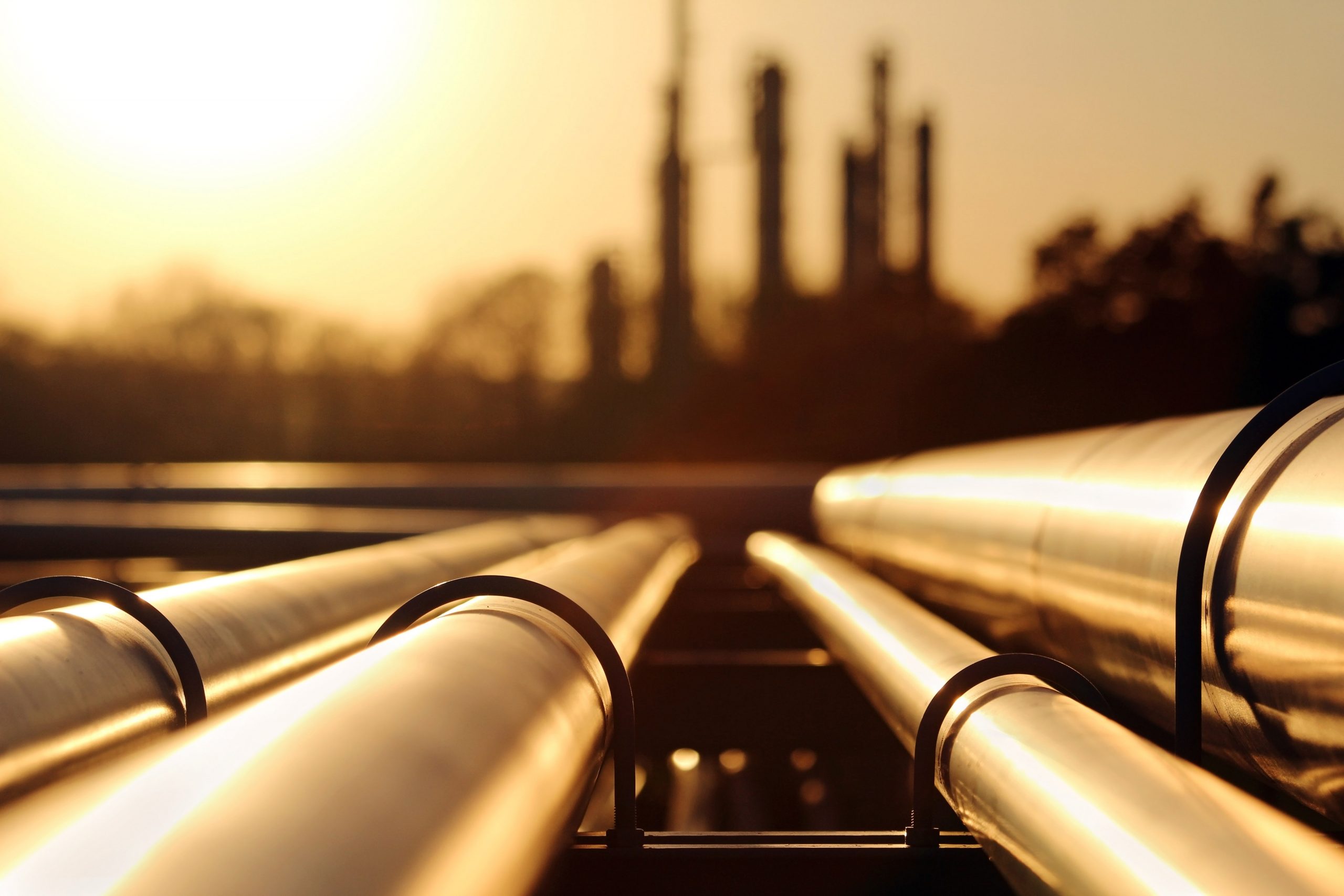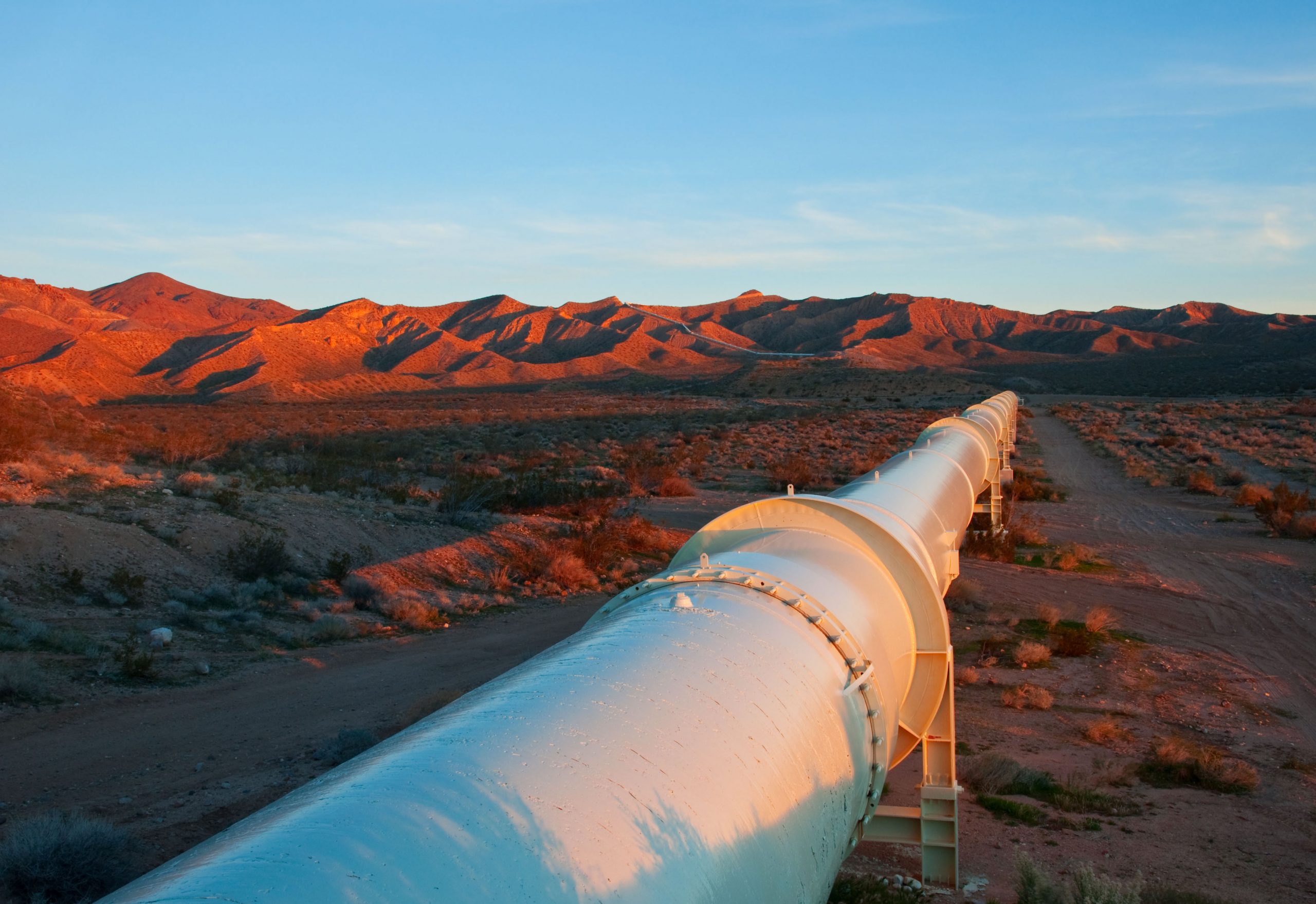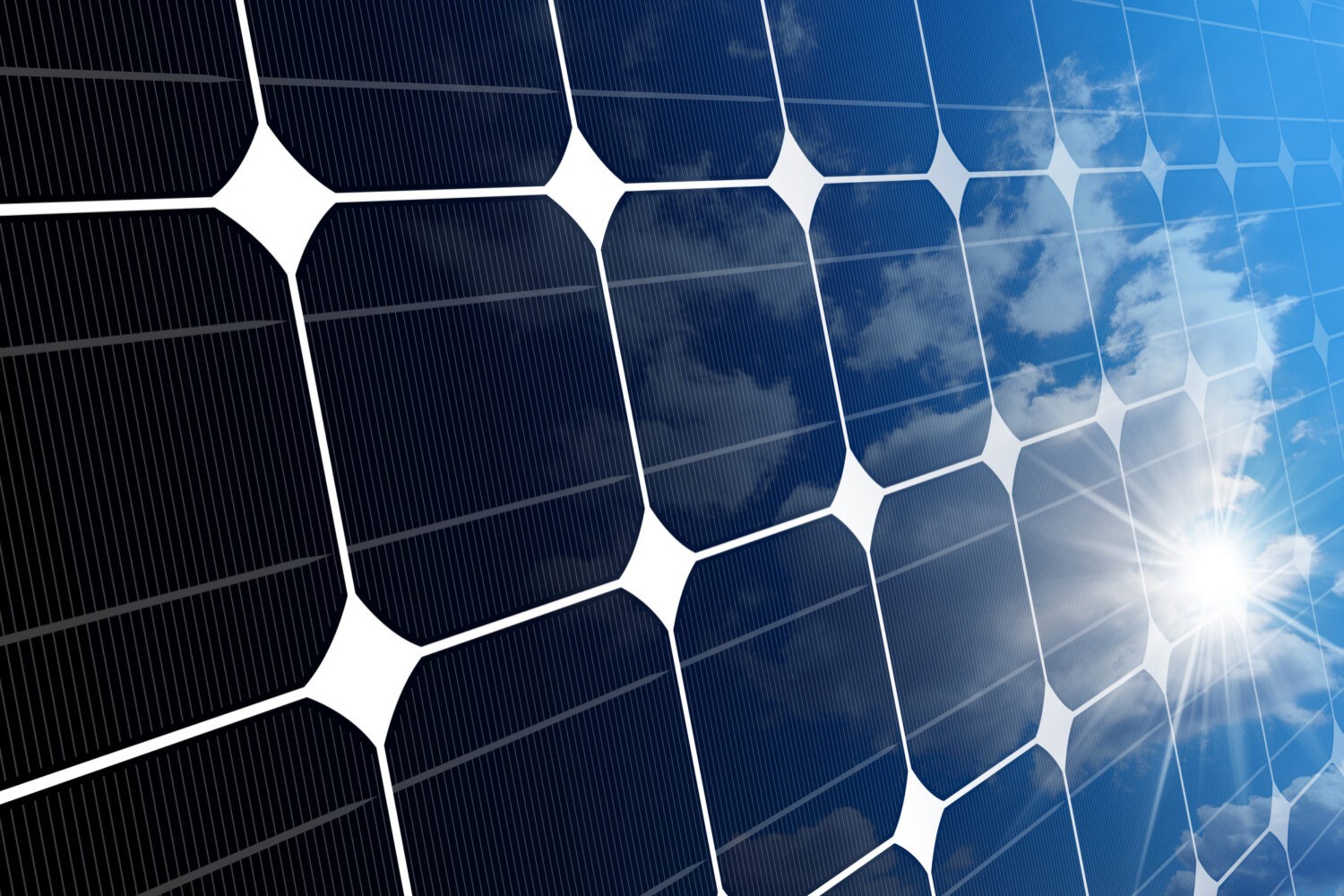
We need gas
The global energy crisis was predictable, especially given Europe’s strong reliance on imports.
In a 2019 report titled “Could we see $2 gas in Europe in 2020?”, the Oxford Institute for energy studies (OIES) predicted that 2020 could see gas prices in Europe below $3 per MMBtu (British Termal Unit – a measure of the heat content of fuels or energy sources used in UK and US). Prices did actually dip below $2 due to COVID-19 emergency, and 2021 was expected to see a renewed weakness in gas prices with additional LNG supply coming online and a weak recovery in global gas demand.
But a very cold northern hemisphere winter combined with an extended lockdown, higher-than-expected demand growth and a limited storage buffer in Europe have converged leading to record high prices.
A very cold northern hemisphere winter combined with an extended lockdown, higher-than-expected demand growth and a limited storage buffer in Europe have converged leading to record high prices.
According to ISPI, European countries have suffered an increase of 280% compared to January with concerns about an energy crisis; the increase of the bills has convinced some energy-intensive industries to slow down production. This has been caused by the collapse of gas production in Europe, from 52,4 bcm in 2019 to 39,9 bcm this year, with a total decrease of 12,5 bcm.
Comparing the first 8 months of 2019 and 2021, LNG imports were 28 bcm higher in 2021 – a rise of 12 per cent. The rise in LNG imports is likely to reach 35 to 40 bcm above that reached for 2019 – a 10 percent rise. At the same time, imports to Europe have decreased of 7,8 bcm between Januray and August 2021, since the reserves of the old continent are now disputed with China and India.

Pipeline in the Mojave Desert, California.
Currently, European pipeline supplies come from Norway, Russia, North Africa (Algeria & Libya), and Azerbaijan. Imports from Azerbaijan in January-August 2021 were 4.5 bcm higher than in the same period in 2019, while imports from North Africa to Spain and Italy rose from 17.3 bcm (2019) to 26.1 bcm (2021) – an increase of 8.8 bcm. Taken together, pipeline imports from Azerbaijan and North Africa rose by 13.3 bcm.
The largest decline in European pipeline imports was from Russian flows. The majority of the decline in 2021 compared to 2019 occurred via Ukraine. In January-August 2019, Russian transit to Europe amounted to 53.2 bcm, and in the same period in 2021 it was 26.1 bcm – a drop of 27.1 bcm. In 2019, gas transit via Ukraine was still governed by the contract that had been signed in 2009. In December 2019, the two sides signed a new transit contract, under which Gazprom, the Russian energy colossus, pre-booked 178 mmcm/d (65 bcm annualised) of capacity in 2020 and 109.6 mmcm/d (40 bcm annualised) of capacity in 2021-2024. If Gazprom wants any additional capacity beyond these daily limits, it has to book it at capacity auctions. In the first eight months of 2021, Gazprom did so: it booked a one-off 41.2 mmcm/d for January 2021, and then around 15 mmcm/d of additional capacity each month from February to August.
The largest decline in European pipeline imports was from Russian flows, particularly those occurred via Ukraine.
To alleviate the energy crisis, Gazprom could have predicted to increase supplies to Europe, but it chose deliberately not to, as reported by IEA. It has been suggested that Gazprom has intentionally ‘held back’ volumes from the European market in order to push Europe to approve the Nord Stream 2 pipeline, whose construction was completed a few weeks ago. However, it is also possible that Gazprom simply did not have the spare volumes to send to Europe, struggling to balance domestic Russian demand.
According to a recent article by Bloomberg, the world is living through the first major energy crisis of the clean-power transition and it won’t be the last. The planet’s energy systems are interconnected and continued economic and population growth are driving consumption higher. The smallest change can have knock-on effects across industries, obstructing production, disrupting food supplies and snarling supply chains.
And as the world moves even more into all things digital, it will mean that this heightened vulnerability comes at a time when people need reliable power more than ever.

